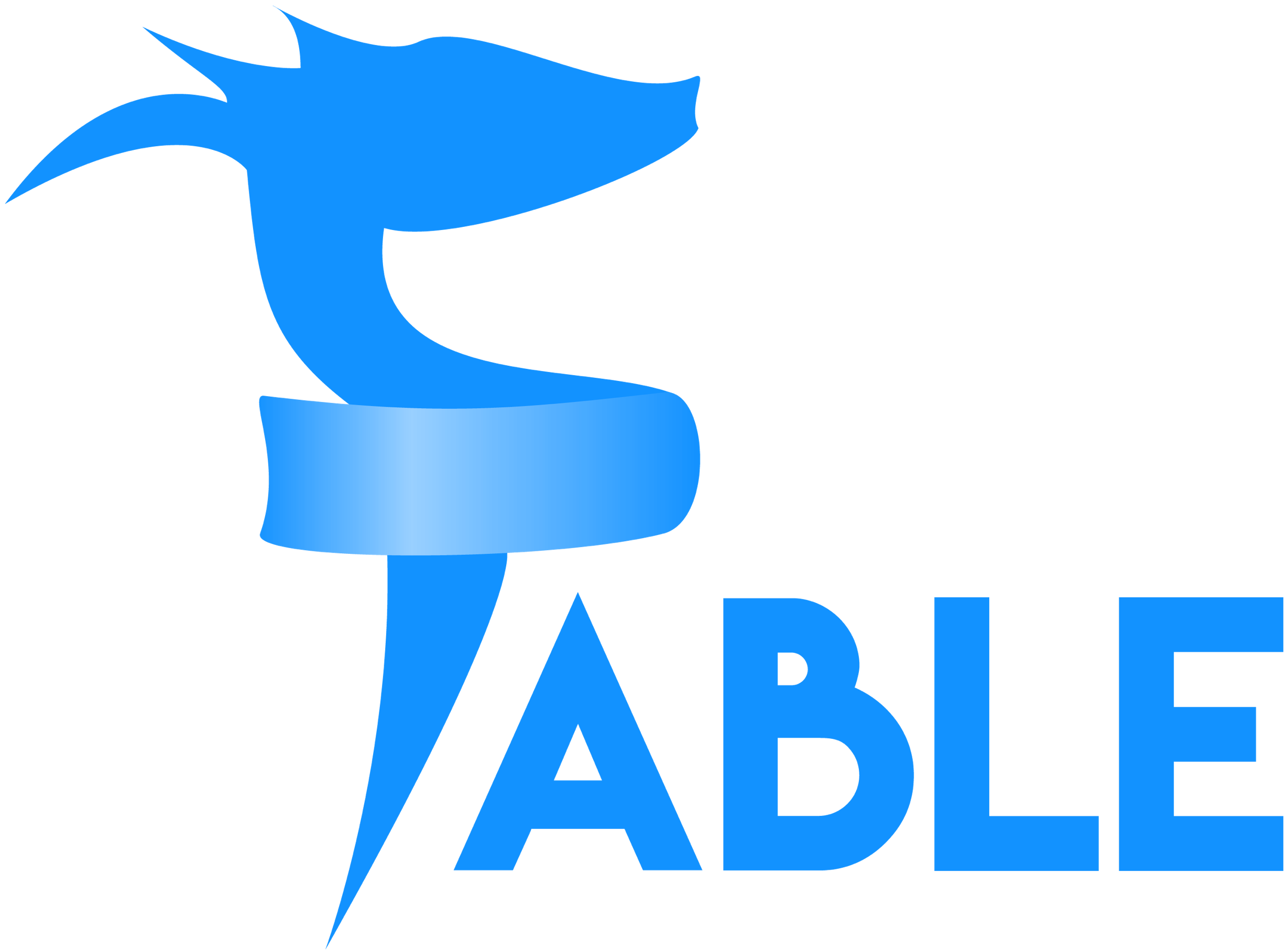
Help up test the new Fable 5 alpha release!
Let me introduce Glutinum, a new ecosystem for Fable bindings aiming to provide the best F# experience while staying close to the original JavaScript API.
Use the new TypeScript compilation target to integrate F# in existing projects or publish npm libraries with beautiful type-safe APIs.
Using a "non-native" language for web applications usually means there will be some friction and the development experience may not be on par regarding the tooling, but in a few cases Fable developers actually enjoy better tooling. Let's analyze a couple of interesting examples.
SolidJS is a tool/library that allows you to write declarative UIs as with React but avoiding most of its pitfalls, and with better performance.
Elmish has proven to be a simple yet powerful way of managing state in UI apps. However, it's been often criticized because it was designed for monolithic applications that couldn't take advantage of the component architecture of modern UI frameworks like React. Now, thanks to Elmish 4, you can enjoy the benefits of both the Elm Architecture and React components!
Fable 4 will allow you to integrate JSX directly into your F# code. You can take advantage of this to improve interop with 3rd party components, or if you just prefer the JSX syntax to declare your UIs.
Help us get closer to Fable 4 release!
Although Fable 4 is still pre-release, the Dart compilation works great - so great that I was able to migrate the entirety of my Redux state management in a Flutter app over to F#. Being able to model data and dispatch actions in F# has made Flutter so much nicer to work with, so in this post I'll be sharing info about how to do the same approach in your own Flutter app.
If you have big Fable projects and are starting to get troubles with compilation times, 2022 and Fable 3.7 are bringing some good news for you!
Fable 3.3 is out with several fixes and improvements but above all, with a new feature that I hope will be put in good use by Fable library authors: JS decorators.
I've been recently playing with Feliz.Engine and wanted to check how easy was to adapt it to an alternative Virtual-DOM implementation, like Snabbdom. This started just as an experiment but I've been pleasantly surprised by how simple yet powerful Snabbdom is, and more importantly how well it fits with the Elmish architecture
Reviewing, and rethinking, UI architectures.
Today is the day, Fable 3 Nagareyama is officially released!
This is the third post in the "Announcing Nagareyama (Fable 3)" series. This time we will be focusing on the actual new features of Nagareyama.
I hope you already tried out the new Fable and are enjoying it! The release candidate has just been published and in this post we will also dive into the differences when generating JS code compared to Fable 2.
Next-gen Fable is here! This is the first of a series of posts to introduce the improvements this new major release brings.
In this blog post, we will introduce a new tool for Fable called Snowflaqe which will allow generating type-safe GraphQL clients for Fable applications.
Announcing the official release of Feliz and what it means for the Fable community.
In this blog post, we will introduce a new tool called Femto that will hopefully make the lives of Fable users a lot easier when it comes to the npm packages they depend upon.
Just a very quick post to share with you some of the things that have been happening for the last few weeks in Fable World.
Fable.React 5 has just been released with new additions to help write your Fable/Elmish apps with React. Thanks to Julien Roncaglia who has contributed most of the ideas for this release since his talk at latest FableConf, and a big thank you as well to the React team for their great work in the latest releases.
Together with a minor (but big) release of fable-compiler, we're launching new beta versions of the packages most used by the community, like Fable.Core, Elmish, Fulma or Fable.SimpleHttp. The main goal of these releases is to restructure the packages to make maintenance easier and lower the bar for contributions.
With this document we are going to convert a Fable 1 project into a Fable 2 project. This guide has been written by converting Fulma.Minimal template from Fable 1 to Fable 2.
Fable 2? Really? I want to try it out! NOW!
Hi everybody! This is going to be my small and not too stunning contribution to the F# Advent Calendar in English 2017 (remember the original and still running version is in Japanese) and I'm planning to talk about FableConf.
I've been recently playing with Feliz.Engine and wanted to check how easy was to adapt it to an alternative Virtual-DOM implementation, like Snabbdom. This started just as an experiment but I've been pleasantly surprised by how simple yet powerful Snabbdom is, and more importantly how well it fits with the Elmish architecture
Yesterday, when I fell asleep, it was with the clear memory of smiles shining on the faces of our kids. After several months of hard work, they did it. They won the Junior Achievement Young Entreprise regional contest organized in Bordeaux and were qualified for the National contest!
Fable 1.0 beta has been out in the wild for several weeks now and the community has already provided very valuable feedback. Some people are concerned about the mix of .NET and JS tools and it's true there were some friction points we had to fix. The main one concerned Fable libraries: by nature they belong to the .NET ecosystem, but their destiny is to be converted to JS.
Fable has recently added support for a subset of the FSharp.Reflection namespace. Which is really great, allowing us to inspect type information at run-time in the browser. Today, we will be exploring an application of meta-programming using FSharp.Reflection to abstract a very common task in web development: client-server communication.
Fable has recently added support for a subset of the FSharp.Reflection namespace. Which is really great, allowing us to inspect type information at run-time in the browser. Today, we will be exploring an application of meta-programming using FSharp.Reflection to abstract a very common task in web development: client-server communication.
I've been recently playing with Feliz.Engine and wanted to check how easy was to adapt it to an alternative Virtual-DOM implementation, like Snabbdom. This started just as an experiment but I've been pleasantly surprised by how simple yet powerful Snabbdom is, and more importantly how well it fits with the Elmish architecture
皆さま、スペインからこんにちは!これは日本語の「F# Advent Calendar 2016」の25日目の記事です、一日遅れましたがご了承ください(;^_^A アセアセ・・・
Hi everybody! This is my first contribution to the F# advent calendar and you'll probably be very surprised to know it will be about... Fable! Yes, the lightweight F# compiler that emits JavaScript you can be proud of (or at least I'll be). This time I want to talk you about one of the exciting new features introduced in Fable 0.7: tree shaking.
So finally here it is! It took a bit longer than expected but I'm very happy to announce Fable 0.7 has been released to npm. This version includes lots of improvements thanks to feedback from the community, it's almost a full rewrite and could be considered 1.0 (in fact, 1.0 will probably be this with minor upgrades).






